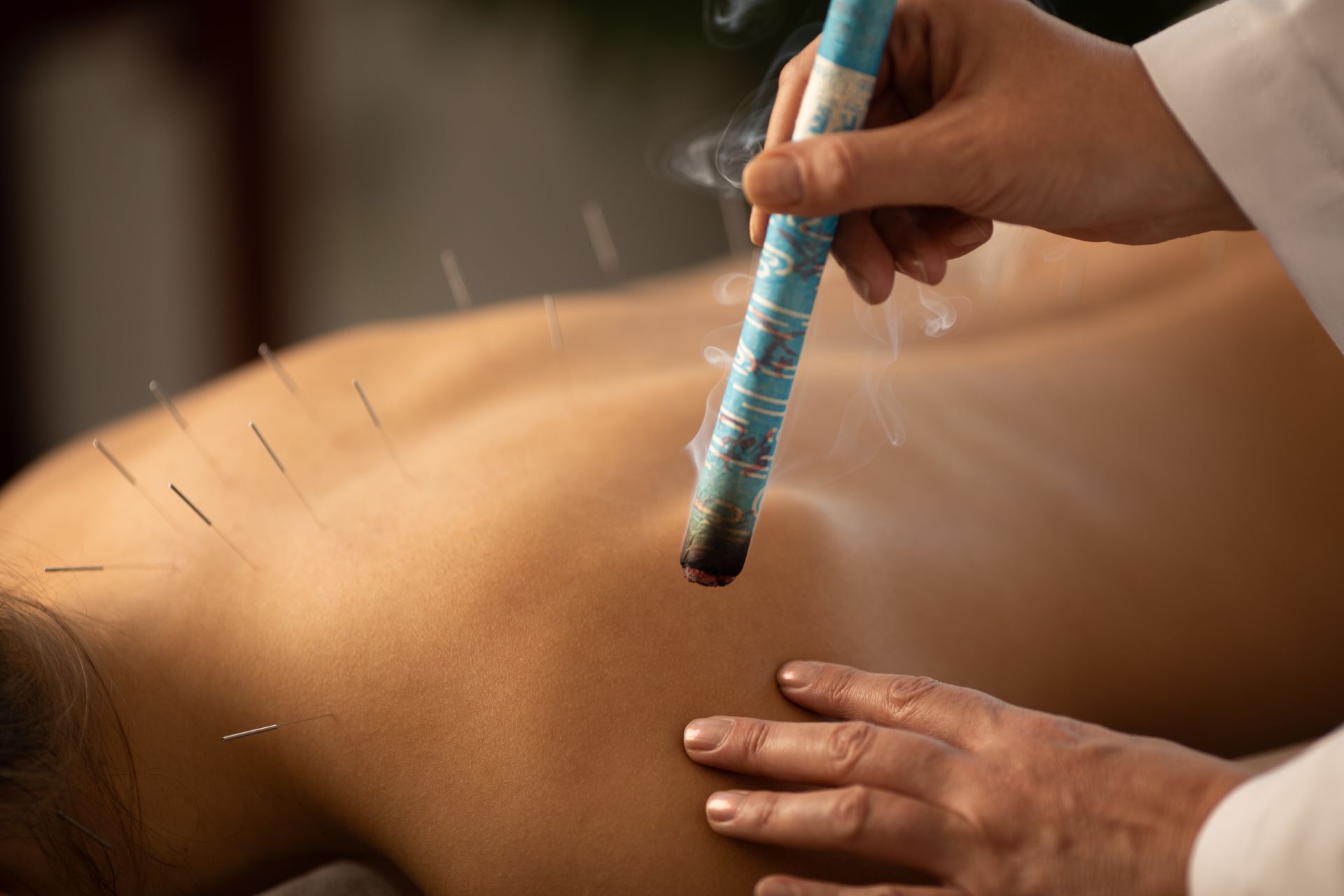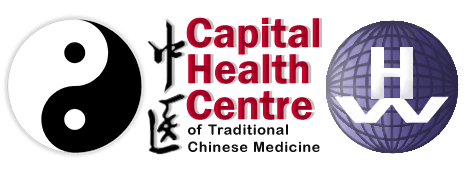What is Moxibustion?
Moxibustion, or Moxa, is one of the traditional therapies of Traditional Chinese Medicine (TCM).
This therapy has existed even longer than acupuncture, as the needle for acupuncture needed to be developed. Moxa works by applying a specific herbal remedy with heat to target certain points in the body for different therapeutic functions. It is not just the heat itself that makes this treatment effective, but rather it is how Yin and Yang and the energy force are worked through selected points, encouraging the qi to further circulate in the body, relieving tension, and removing specific symptoms of illness or discomfort. This treatment is also beneficial as the warming sensation is
essential for comforting and improving cold, weak, or chronic conditions, as well as enhancing qi or yang deficiency patterns in patients by moving the energy through the body’s 12 meridians. This therapy also focuses on the prevention of diseases and the maintenance of overall health and well-being.

In our life journey, our energy changes according to the different stages of our lives. When we are young, our energy grows and adapts. Our energy becomes more neutral and balanced when we become adults and middle-aged. From middle-aged and onwards, our energy is likely to decline. This is why it is often middle-aged and older people who receive moxibustion therapy.
Moxibustion and acupuncture share some important therapeutic functions as they work together, like Yin and Yang, as a body-balancing method. Sometimes, when therapists use moxa therapy, they can combine the treatment with acupuncture and insert needles. The moxa process benefits clients' physical therapy and encourages a sound mind, emotions, and features. This can happen as clients become mindful and aware, as the heat used in the treatment makes connections that support the client's breathing, and the energy being moved throughout the body urges the client to use and focus on all of their senses. As the energy is moved throughout the body’s pathways, clients feel connected with themselves, and any hypo or hyper energy is treated dually, providing a balancing effect.
This treatment can be effective with and without the use of needles. Some replacements help people who are either scared of needles or who have certain conditions, which makes this physical technique not applicable. Therefore, a distance rather than a physical approach is convenient for people with these concerns.

Moxa therapy can be conducted in a smoking or smokeless way. Moxa involves the burning of a moxa “stick or cone to produce a warm sensation and moxa smoke on the acupoints”. This smoking version of the therapy is traditional and uses the smoking of raw herbs, which releases chemicals that make clients feel refreshed, inspired and alert. The aroma has therapeutic factors and can influence the connection to senses, sensations, and memory. This acts as a nice holistic approach to feeling. However, the smoking version of moxa therapy is not an easy practice to conduct indoors as it can leave some smells and may not be convenient for some people.
The smokeless treatment is handy to work with and user-friendly for clinical applications. This method has existed for a long time, although it needs to be introduced more to the broader community. This method helps people work through certain conditions and address specific concerns. For example, moxibustion is helpful during the rehabilitation stage after injury, during recovery from surgical conditions, and even after giving birth. These conditions can lead to deficiencies in Yang (associated with warmth), qi, and tiredness. Energy concerns and fatigue can be addressed through the traditional and satisfactory feeling of moxibustion or combined acupuncture-moxibustion therapy.
The warming feeling of acupuncture can be visualised as the heat travelling through your body, providing healing benefits. Similar to how a kitchen cooks and provides warming and nutritious food to nourish and comfort the body and how the rivers flow in the natural environment as a small part of a complete picture that promotes healing and a holistic understanding. This is just one way to think about and interpret moxibustion in the form of mindfulness.
Moxibustion is a beneficial therapy in TCM that addresses the physical and mental concerns of clients with care.




